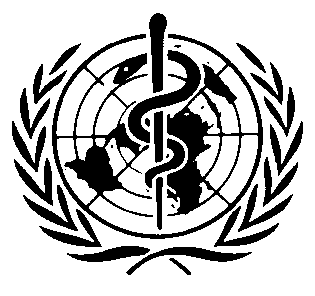International Chemical Safety Cards
| NEON | ICSC: 0627 |




Atomic mass: 20.2 (cylinder)  ICSC # 0627
ICSC # 0627CAS # 7440-01-9 RTECS # QP4450000 UN # 1065 October 09, 1997 Peer reviewed |
| TYPES OF HAZARD/ EXPOSURE | ACUTE HAZARDS/ SYMPTOMS | PREVENTION |
FIRST AID/ FIRE FIGHTING |
| FIRE |
Not combustible.
Heating will cause rise in pressure with risk of bursting.
|
|
In case of fire in the surroundings: all extinguishing agents allowed.
|
| EXPLOSION |
|
|
In case of fire: keep cylinder cool by spraying with water.
|
| EXPOSURE |
|
|
|
| •INHALATION |
Simple asphyxiant.
|
Ventilation.
|
Fresh air, rest.
Artificial respiration if indicated.
Refer for medical attention.
|
| •SKIN |
ON CONTACT WITH LIQUID: FROSTBITE.
|
Cold-insulating gloves.
Protective clothing.
|
ON FROSTBITE: rinse with plenty of water, do NOT remove clothes.
Refer for medical attention.
|
| •EYES |
ON CONTACT WITH LIQUID: FROSTBITE.
|
Safety goggles,
or face shield.
|
First rinse with plenty of water for several minutes (remove contact lenses if easily possible), then take to a doctor.
|
| •INGESTION |
|
|
|
| SPILLAGE DISPOSAL | STORAGE | PACKAGING & LABELLING | ||
|
Ventilation.
(Extra personal protection: self-contained breathing apparatus).
|
Fireproof if in building.
|
R: S: UN Hazard Class: 2.2 |
||
| SEE IMPORTANT INFORMATION ON BACK | ||||
|
||||